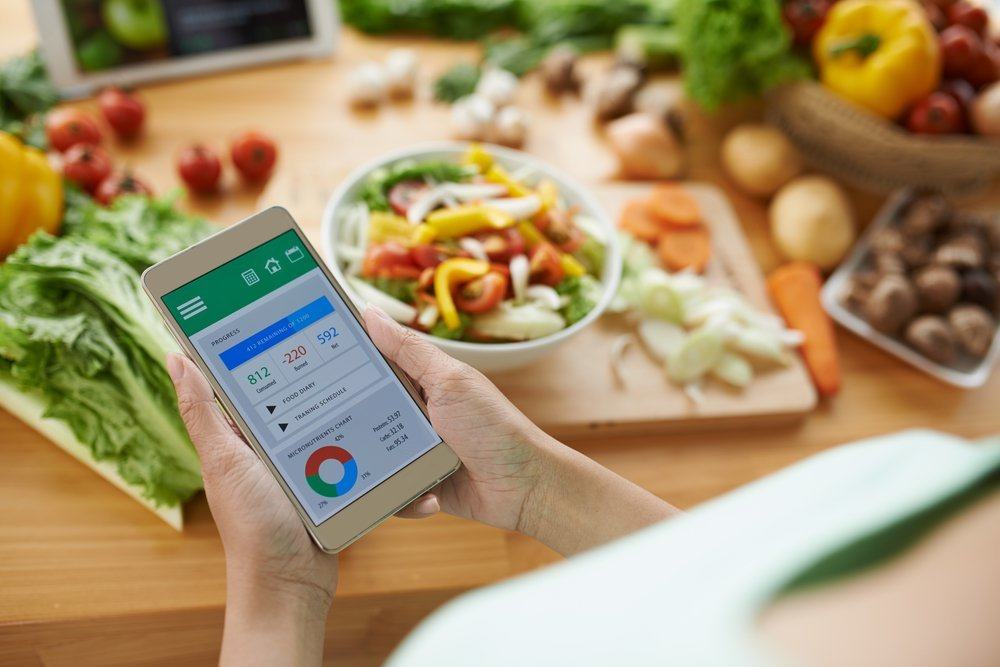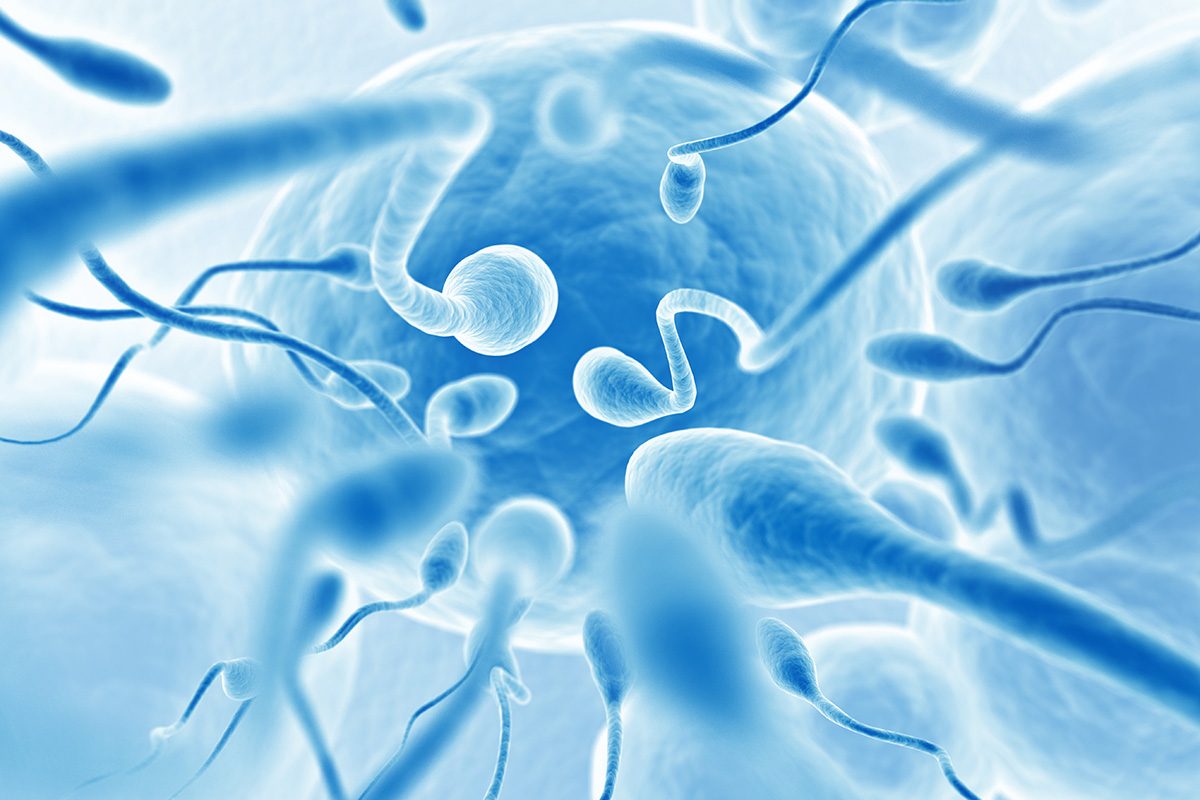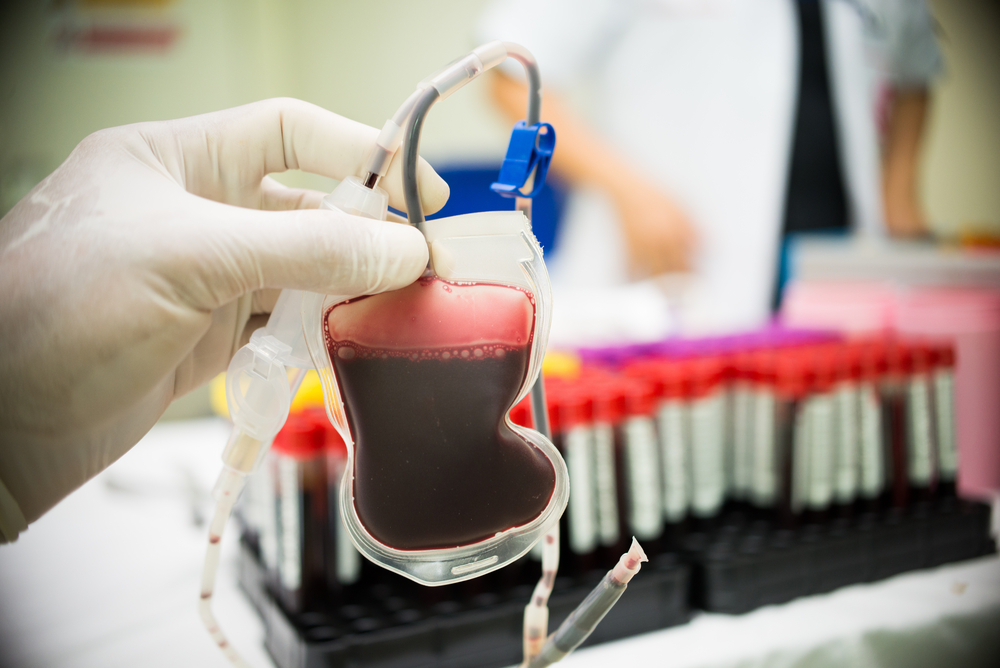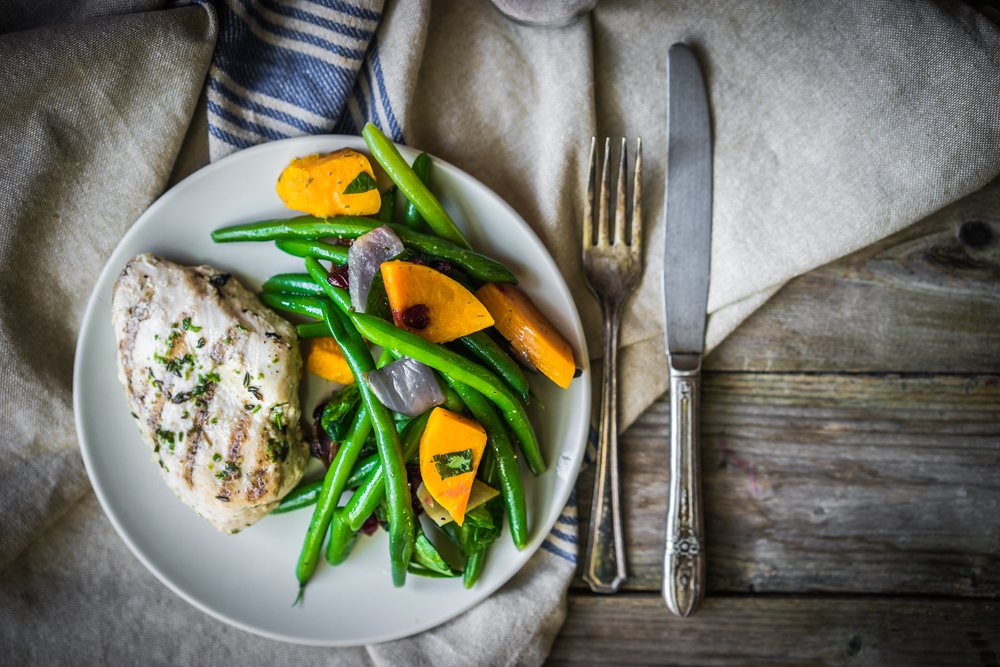Contents:
- Medical Video: Marty Kendall - 'Systematising Satiety'
- What is that satiety index?
- Ways of working satiety index
- Processed flour products
- Snacks and snacks
- Cereals
- Food source of protein
- Food Source of carbohydrates
- Fruits
- Things that need to be considered in interpreting satiety index
Medical Video: Marty Kendall - 'Systematising Satiety'
Hunger is one of the strongest stimuli and is useful to encourage us to meet our calorie needs. One of the ways to get rid of hunger is to eat food, which can lead to feeling full But did you know that the feeling of satiety caused by food can vary?
One effort to identify foods that can overcome hunger has already been done. This started from an experimental study by Suzanna Holt in 1995 who managed to find satiety index (index of satiety) and is still used today.
What is that satiety index?
Satiety indexis an index that shows how much a food can produce satiety with the same number of calories. The index produced by Dr. Holt uses food with ± 240 calories and uses white bread as a comparison. This includes 38 types of food which are grouped into 6 categories, including fruit, cereals, snacks, food sources of protein, food sources of carbohydrates and flour processed foods.
Ways of working satiety index
Determination satiety index aims to find out what kind of food works better to fill the stomach, by comparing a type of food with other foods. In this case, Dr. Holt determined bread as the main comparison in satiety index with a score of 100%. The greater the value satiety index a food compared to white bread (100%), then the food is considered to provide and maintain a full sense of satiety.
Here's a list of foods based on satiety index sorted by category and its ability to give a sense of satiety:
Processed flour products
- Bread croissants (47%)
- Wet cake or cake (65%)
- Donuts (68%)
- Pastries (120%)
- Crackers (127%)
Snacks and snacks
- Chocolate bar (70%)
- Peanuts (84%)
- Yogurt (88%)
- Chips (91%)
- Ice cream (96%)
- Jellybean (118%)
- Popcorn (154%)
Cereals
- Muesli (100%)
- Cereal Sustain (112%)
- Special-K Cereal (116%)
- Cornflake Cereal (118%)
- HoneySmacks Cereal (132%)
- All-Bran Cereals (151%)
- Oatmeal (209%)
Food source of protein
- Lentils (133%)
- Cheese (146%)
- Eggs (150%)
- Boiled red beans (168%)
- Red meat (176%)
- Fish (225%)
Food Source of carbohydrates
- White bread (100%)
- Fries (116%)
- White pasta (119%)
- Brown rice (132%)
- White rice (138%)
- Wheat bread (154%)
- Whole wheat bread (157%)
- Wheat paste (188%)
- Potatoes (323%)
Fruits
- Banana (118%)
- Wine (162%)
- Apples (197%)
- Orange (202%)
The index above shows, with the same number of calories, each food can give a different satiety. Potatoes with a total of 240 calories which are equivalent to white bread can provide a sense of satiety up to three times. Instead, bread croissants with calories equivalent to white bread can only maintain a full sense of less than half.
In addition, based on the average score satiety index food can be known the types of food, especially apples and oranges tend to provide a sense of satiety better than most other foods with only 240 calories. Overall, the types of fruit foods, protein sources, and carbohydrates are the best givers of satiety. Whereas foods with sugar and flour tend to be less able to provide satiety.
Things that need to be considered in interpreting satiety index
Varied food consumption is still needed. Satiety index is an index that can be used to identify what foods can help achieve satiety better, however Dr. Holt believes that the fullness of food can vary after two hours. For example, eating fruit helps you fill up more quickly and prevents overeating, but the satiety that results from fruit may decrease quickly after two hours. Therefore, the consumption of carbohydrates and protein is still needed to maintain a sense of fullness at a later time even though it does not provide a sense of satiety too soon after eating.
Satiety index cannot distinguish food ingredients. The satiety index measurement is only based on the comparison of satiety felt by someone, but the type of food used has a different content, and that means it has different functions as well. For example fruits may have high scores compared to flour processed foods, but both have different functions. Fruit has fiber that can maintain energy when used, but processed flour has simple carbohydrates which become reserves of energy that are not used directly.
Everyone's feeling of fullness can be different. Determining whether someone is still hungry or not is something complex because it is influenced by various things such as hormonal reactions, eating habits, and level of activity. Even though the score satiety index the types of food tend to be high, meeting calorie and balanced nutrition needs is still needed, especially if you are carrying out activities that drain energy.
READ ALSO:
- 10 Foods That Make Us Longer
- 6 Ways to Reduce Appetite Too High
- 6 Best Food Choices for Breakfast












